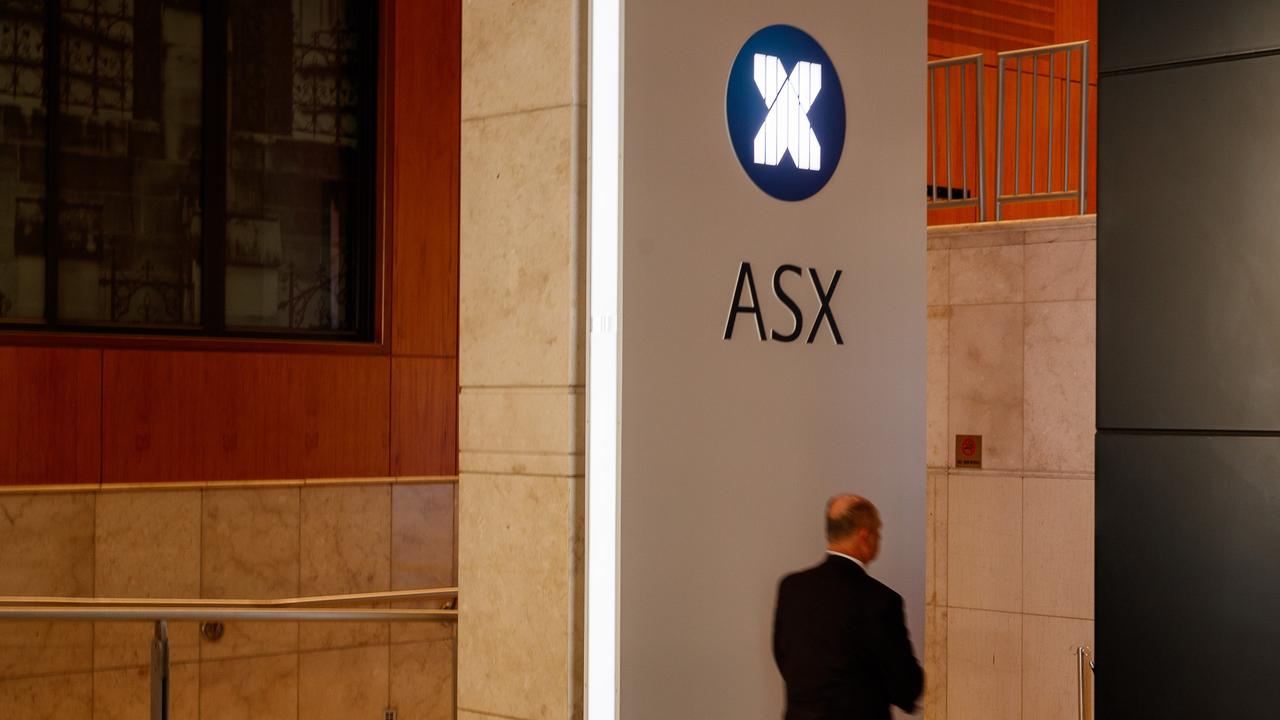
Australians who depend on their savings for investment returns to maintain their living standards are becoming more angry with every reduction in interest rates.
Australians are not alone, as central banks around the world cut rates to try to curb a looming economic downturn. This week New Zealand, India and Thailand all cut rates more than expected.
But in Australia, at least, it’s not working, and savers’ anger is now hitting the retail sector and playing a significant role in the fall in passenger car sales so far in 2019.
Talking to people behind the counter in bank branches, you learn that around one in 10 term depositors is seriously considering pulling their money out of term deposits.
A significant minority are expressing anger at the person behind the counter. That anger should be directed at the Reserve Bank. The person behind the counter is enforcing instructions they had no role in creating.
It’s true lower rates are boosting home sales and giving strength to the housing market. But for many employment-creating industries like retail and motor they’re a disaster. Many mortgage holders are using lower rates to reduce debt and many in their 50s and older are either being hit hard or fearful of what is ahead.
In the Reserve Bank bunker in Sydney’s Martin Place, they’re following their overseas counterparts and still think that lower rates will stimulate the economy outside the property sector. In fact, the reverse is the unpalatable truth.
Against this background the latest Commonwealth Bank accounts were fascinating.
Back in June 2017, CBA’s interest bearing term deposits were a fraction under $581 billion. Two years later they are almost exactly the same at a fraction above $581 billion. They fell in the final six months of 2018-19 as the lower rates started to bite.
In contrast, non-interest bearing transaction deposits skyrocketed 20 per cent to $54 billion. Clearly with lower rates Australian are not being as diligent in making sure their funds earn interest so the CBA and other banks benefit from having more interest free money.
Both banks and depositors are being exposed to greater risk by the actions of the Reserve bank.
In terms of the banks, they are in danger of losing part of their Australian deposit base and, once lost, it will be hard to recover without much higher interest rates.
Savers by taking their money out of the bank and increasing their income by investing in shares, hybrids or corporate bonds/notes are exposing themselves to greater risk. If we have a serious downturn — always possible when there are trade wars around us- then those who increased their risk exposure may lose money.
But banks are becoming simply a place to store money safely rather than to earn a return.
That phenomenon is starting to trigger advertisements for high-risk, interest-bearing deposits in non-banks. When that has happened in past decades it has usually triggered costly failures, because the borrowers take greater risks to achieve higher returns. Sometimes crooks enter the field.
Our Reserve Bank might argue that with many overseas countries reducing rates, we must follow.
But to suggest it will boost employment outside property is to not understand what is happening in the real world. And the nervousness created by lower interest rates was compounded by this week’s sharp share market fall. Those with a big proportion of their savings in equity also become nervous, which may further curb spending.
But during the week I ran into a kitchen renovator whose business is going very well. He tells me his customers say that it’s not worth holding their money in the bank and shares are too risky. So they renovate the kitchen, looking to enjoy the benefits and the increase in the value of their houses.
To be fair to the Reserve Bank, if it was to conclude that the property market had received sufficient stimulation and held rates, it would torpedo large parts of the share market and send the dollar much higher.
Struggling farmers would be hit by the higher currency, while the iron ore cash cows are running into a period in which lower prices are likely, as China slows and Brazil’s Vale (thanks to Orica’s tailing dam fault detection technology) ramps up production.
With the Australian dollar down below US68c, there is at least some cushion for Australian dollar earnings from exports, and therefore tax revenue.
The current value of the dollar probably won’t trigger a rise in inflation through higher import prices because the sluggish world economy is clamping prices. But if the Australian dollar were to keep falling, then it would eventually trigger higher prices. But it’s not easy to isolate the trigger point.



